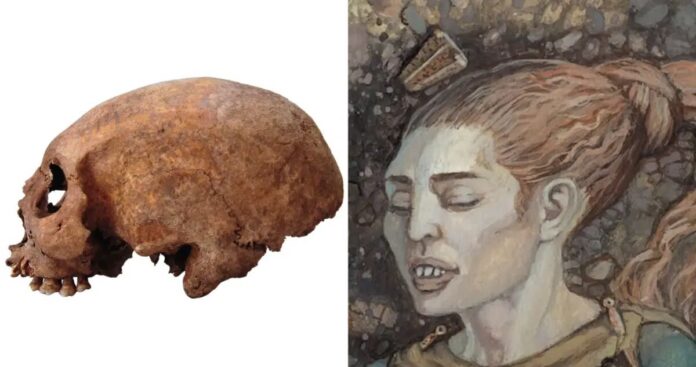Unveiling Ancient Secrets on a Baltic Isle
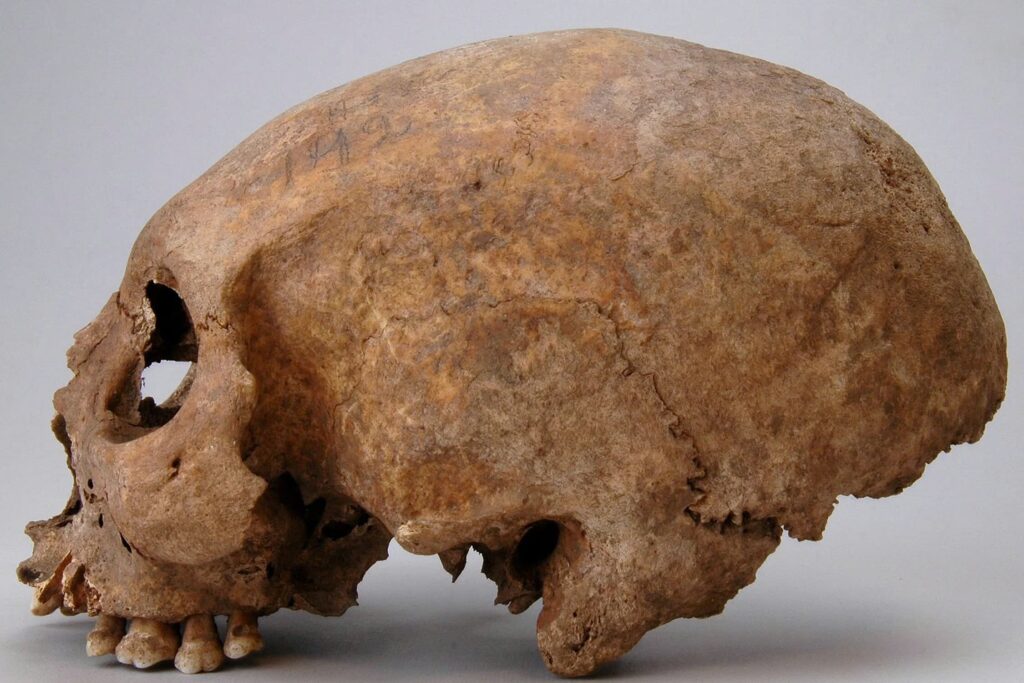
In the heart of the Baltic Sea lies Gotland, an island that once served as a bustling hub for Viking traders. Recent archaeological discoveries on this ancient land have unearthed a fascinating mystery – the cone-shaped skulls of Viking Age women. These peculiar findings have opened a window into a world of far-reaching trade contacts and cultural exchanges that span continents.
The Cone-Headed Women of Gotland
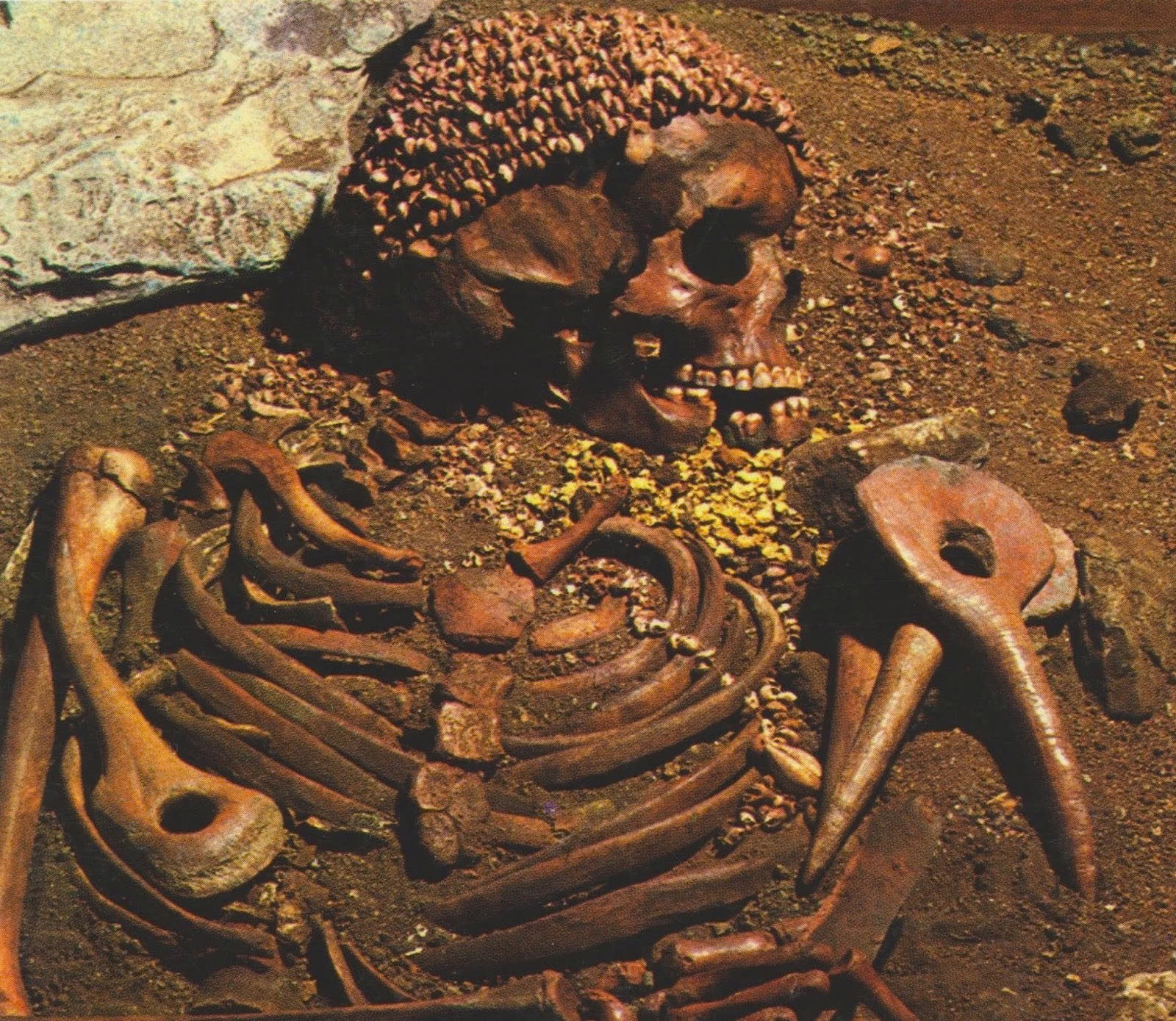
Matthias Toplak, a researcher from the Viking Museum Haithabu, led a groundbreaking study that revealed these women’s skulls were intentionally shaped through head-binding practices. This custom, believed to have originated with the nomadic Huns from Asia, persisted in southeastern Europe until the 10th century. Toplak suggests that these modifications likely signified elite status or membership in a specific social group, possibly indicating connections to distant trading partners.
Trading Networks Etched in Bone
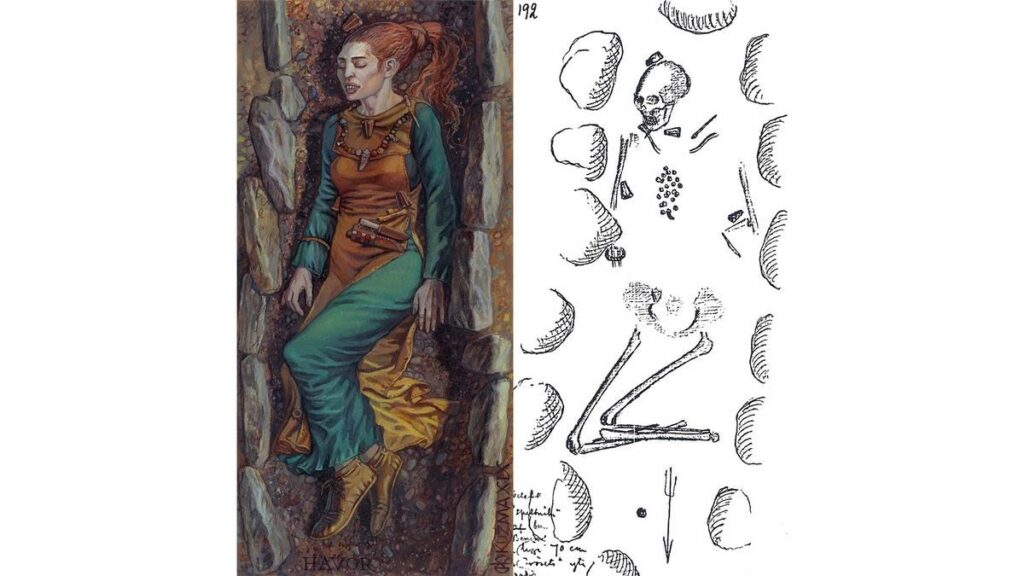
The uniqueness of these skull modifications in Scandinavian burials points to their adoption from regions where such practices were more common. This cultural borrowing not only underscores the interconnectedness of Viking Age societies but also highlights Gotland’s role as a central hub for Baltic trade during this period.
Hidden Messages in Viking Smiles
The Secret Language of Filed Teeth
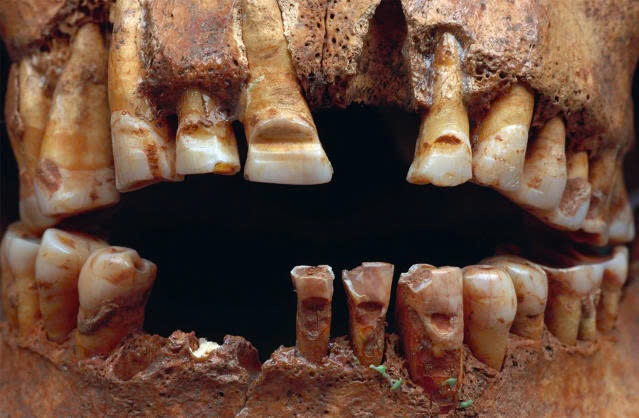
But the story doesn’t end with shaped skulls. The study also uncovered evidence of deliberate tooth filing among Viking Age populations, particularly prominent on Gotland. This practice, likely used as a form of clandestine identification among merchants, further emphasizes the island’s importance in medieval trade routes.
A Tale of Two Traditions
As merchant guilds rose to prominence, the practice of tooth filing began to decline, marking a shift in the social and economic structures of the region. Yet, the legacy of these unique customs lives on in the bones and teeth of Gotland’s ancient inhabitants, offering us a glimpse into a world where identity was shaped not just by birth, but by the far-reaching connections of trade and cultural exchange.
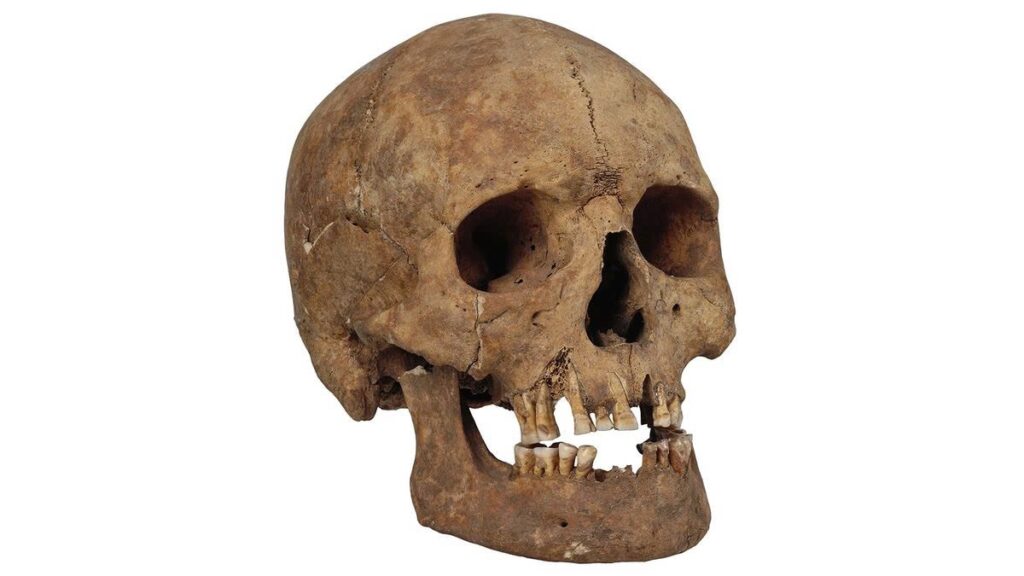
The cone-shaped skulls and filed teeth of Gotland’s Viking women stand as a testament to the complexity and richness of Viking Age society. They challenge our traditional notions of cultural boundaries and remind us that even in ancient times, identity was a fluid concept, shaped by the winds of trade and the tides of cultural exchange.
